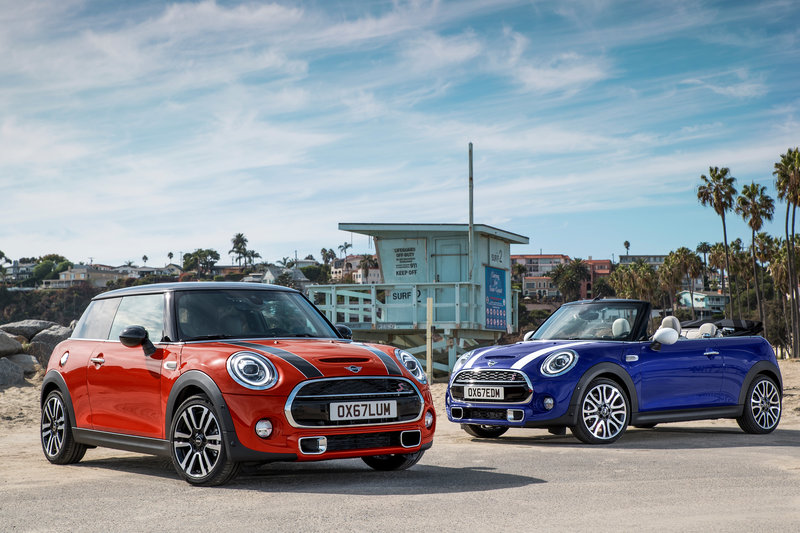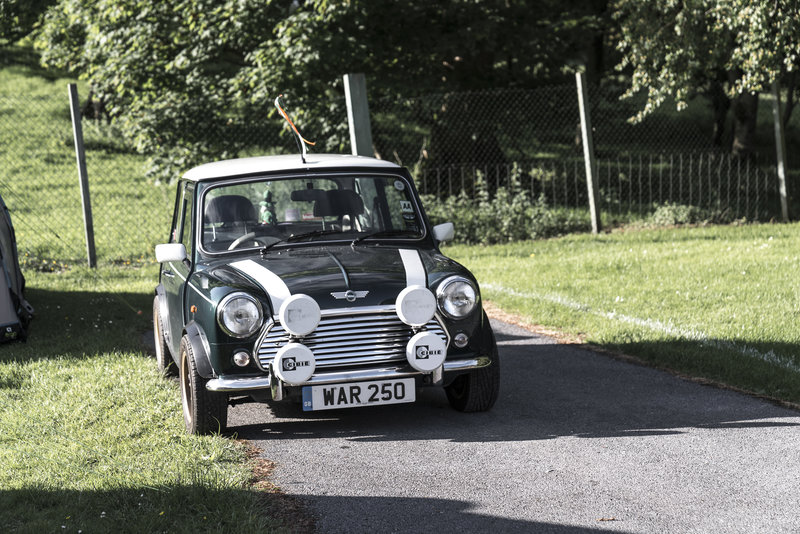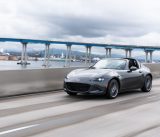The Mini Cooper is certainly an iconic auto. No matter which country you live in, you will recognize it, although the American market tends to prefer larger cars. The British company began production in 1959 and was a success right from the start. This subcompact known simply as the Mini was the forerunner of the current Mini Cooper, as well as other versions of this auto, such as a wagon and even a pickup. It was among the best-sellers in Europe.

Sir Leonard Lord from the Morris Company began the process of designing the Mini Cooper in 1957 when he had Alec Issigonis lead the design team to answer Britain’s request for a fuel-efficient auto. They began with the gearbox and transverse engine that offered front-wheel drive. Because of this setup, the Mini was able to maximize the interior space. This also gave a wide stance that helped with nimble handling and good balance.
At first, the Mini was called the Morris Mini-Minor or the Austin Seven, and the British Motor Company built it. There were sliding windows and external hinges for both the trunk and door, helping keep costs down. It began with a two-door saloon during 1959. The next year saw a three-door estate added. The Mini Cooper arrived in 1961.

The First Mini Cooper
With the Mini brand already established for a few years, the Mini Cooper took the stage. John Cooper, a builder of racecars, quickly saw the potential for the Mini in competitions and got to work. He gave the 848 cc engine a longer stroke and improved displacement up to 997 cc. Thanks to SU carburetors, output went from 34 horsepower to 55. It also got front disc brakes and a close-ratio gearbox to further help with performance.
The company produced 1,000 units of this first Mini Cooper to meet the homologation rules for rally racing (Group 2) that it wanted it to compete in. In 1964, the 997 cc became a 998 cc with a shorter stroke.
In 1963, the Mini Cooper S arrived with its 1,071 cc engine and larger bore, plus large servo-assisted disc brakes. The Cooper S did well in competition.

Distinguishing Across Marks
Collectors were the ones to refer to the Mini Coopers as 1st, 2nd, and 3rd series models, or Marks 1, 2, and 3, not the company. The 1st Series was from 1959 to 1967, with the 2nd from 1967 to 1970 and the 3rd from 1969 to 1976. The 1st Series had a new Hydrolastic suspension system with a softer ride but a corresponding increase in cost. Notable parts of the 2nd Series include the larger rear window, redesigned front-grill, and the addition of synchromesh to all four forward ratios for the 4-speed transmission.
These were followed by a major redesign in 1976, which lasted until about 2000. The final “original” Mini Cooper was produced in October 2000. During its 41 years, more than 5 million models were sold, hence their prevalence today.





